Distance learning has its share of challenges on its own, but educators who provide reading remediation for students online face additional obstacles. When providing remediation for any subject, teachers often rely on physical strategies to keep kids engaged. But when the opportunity for physical interaction is taken away, educators must find new methods to get students interested and provide essential remediation. Read below to learn about successful strategies used to provide reading remediation in a primarily distanced learning world.
Focus on the basics
When it comes to remediation, many students may benefit from targeted tutoring when they haven’t fully mastered the basics of language. However, online remediation will not yield the same results as in-person sessions–we are all working through a challenging situation so it’s okay! With this in mind, educators may find it beneficial to focus on the fundamentals of reading skills during online reading remediation. Although educational goals are constantly changing during this chaotic time, remediation specialists should try to spend extra time focusing on the basics with students who can’t demonstrate mastery. Students need the time to work at their own pace, especially with fundamental reading skills. Reading remediation that focuses on the basics ensures that students have a solid foundation where they can grow their reading skills as they learn.
Get creative to get students engaged
If anything has become clear through the months of online learning, it’s that teachers know how to get creative with their lessons. This out-of-the-box thinking is just as necessary with reading remediation. As if engaging students wasn’t hard enough in a classroom, keeping students interested in online remediation may feel impossible. We understand this challenge because, like us, kids may struggle to focus when staring at a computer screen all day. But remediation specialist Jen Burch has discovered that less is more when using technology in reading remediation. “I’ve found that the less technology I use, the better. Students seem to be more engaged when I show them something I am writing on a whiteboard instead of sharing a presentation through a screen,” says Burch.
Certain activities are staples of reading remediation, like phonological awareness activities, but a little bit of creativity can go a long way with online learning. A new game or a scavenger hunt around the house can get students more invested in their education. For example, encourage your students to find objects around their house that start with the same sound that you practiced in a phonological or visual drill.
Encourage students to use multiple areas of the brain
Throughout in-person education, teachers use different strategies to appeal to different kinds of learners. In online remediation settings, educators can still use various tactics to help students engage multiple areas of the brain to better understand language concepts. Activities that incorporate gross motor movements can get students engaged and help them remember a specific reading skill. For instance, educators can encourage students to trace words or syllables with their arm in the air in front of them. Common remediation strategies also include activities to improve phonological awareness, visual and auditory drills, and memorization practice for non-phonetic words. During remediation, educators may include activities that combine visual activation, auditory neuron activity, and kinesthetic and tactile skills, so multiple areas of the brain are working together to master a new skill.
Adjust expectations for yourself and your students
Perhaps, most importantly, successful reading remediation is a result of realistic expectations set by both students and teachers. This school year is different for everyone, whether students are wearing masks and socially distanced in a classroom or continuing to receive remediation online. As students’ and teachers’ learning environment continues to evolve, it’s totally understandable that students will not make the same kind of progress compared to previous years. However, educators and students can still make strides and improve reading skills during this challenging time. Be patient with yourself and your students as you learn together through online remediation.
Reading remediation gives educators the opportunity to work closely with struggling readers and provide them with the support they need to read successfully. ReadSource is proud to assist educators wherever they may be teaching from. With opportunities for continuing education, helpful resources, and community outreach programs, ReadSource helps parents and educators support members of the dyslexic community. Contact ReadSource for more information!
This blog was written with contributions from Jen Burch, Remediation Specialist at ReadSource.








Leave a Reply